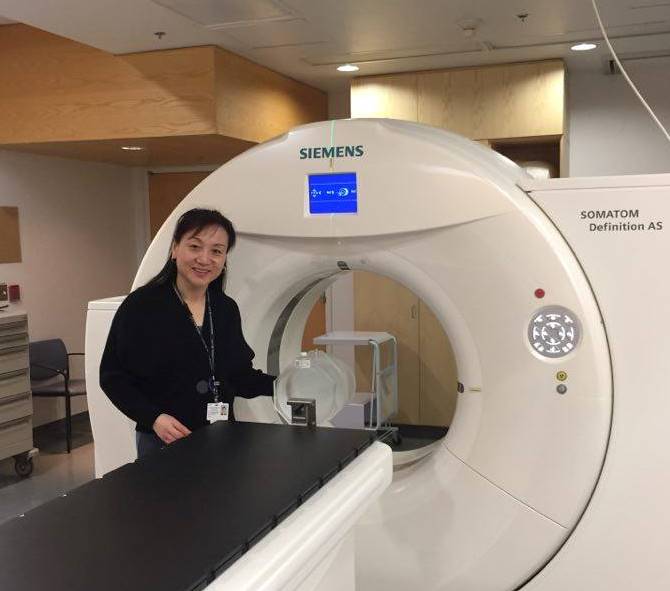Program Information
Management of Image-Guided Radiation Therapy Using CBCT in Lung Cancer
R Jiang*, L Zhan , L Wolfe , E Osei , Grand River Regional Cancer Centre, Kitchener, ON
Presentations
SU-I-GPD-J-37 (Sunday, July 30, 2017) 3:00 PM - 6:00 PM Room: Exhibit Hall
Purpose: The purpose of this study is to assess if it is beneficial to apply the first several fractions’ daily CBCT results to the rest of treatment in order to reduce the systematic error in lung cancer treatment.
Methods: Ten lung cancer patients were investigated retrospectively in this study. The patients were treated 60 Gy in 30 fractions imaged by daily CBCT acquired on TrueBeam (Varian Medical Systems, Inc. Palo Alto, CA, USA) and shifted daily. The shifts in three directions were analyzed retrospectively. In order to minimize the systematic error, the first three or five fractions were averaged as reference mark, and applied to the rest of the treatment. Considering patients uncomfortable with the treatment at the first couple of fractions, the three days’ average starting from the third fraction were also used as reference mark to be analyzed to see if it is beneficial to apply the reference mark to the rest of fractions in clinical practice.
Results: The results of average of first 5, 3 fractions, 3 fractions starting from the third day as reference mark and applied to the rest of treatment were compared with the original shifts. The original average shift is systematic error. After applying the reference mark to the rest of fractions, the systematic error were reduced compared to the original results. The three days’ average starting from third fraction average is the closest value to the systemic error. The systematic shifts in the vertical and longitudinal directions were reduced, especially in the longitudinal direction. Lateral shifts were more random error.
Conclusion: The three days’ average starting from the third fraction can be used as reference mark and it is beneficial to apply the reference mark to the rest of treatment to reduce the systematic error in clinical practice.
Contact Email:
